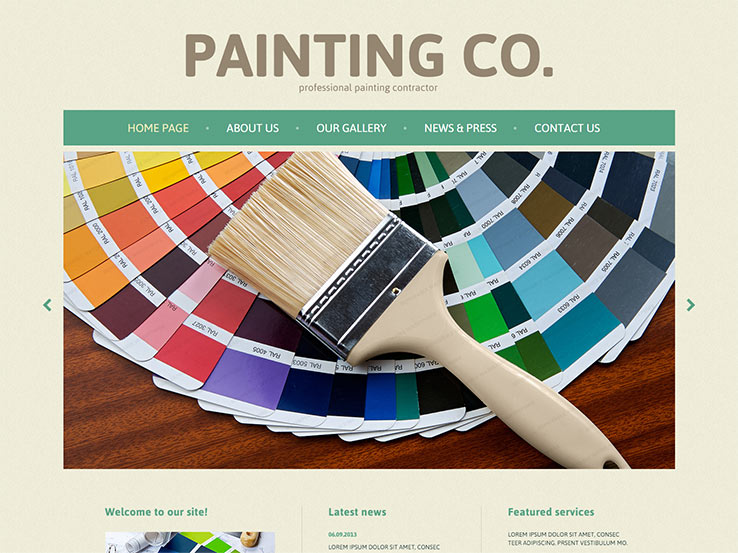Understand How Seasonal Problems Affect The Success Of Commercial Exterior Paint And Learn The Excellent Durations To Ensure Long-Lasting Outcomes For Your Project
Understand How Seasonal Problems Affect The Success Of Commercial Exterior Paint And Learn The Excellent Durations To Ensure Long-Lasting Outcomes For Your Project
Blog Article
Article Writer-Burnham Rosendal
When you're intending a commercial exterior paint project, seasonal factors can make or damage your outcomes. You'll wish to take into consideration exactly how temperature level and moisture influence paint application and drying times. Choosing Recommended Looking at can ensure your paint sticks properly and lasts much longer. Yet which painted house exteriors are truly the very best for this sort of job? Allow's explore the crucial elements that can impact your job's success.
The Effect of Temperature on Paint Application
When you're preparing an industrial external painting job, the temperature can considerably affect how well the paint adheres and dries.
Preferably, you intend to repaint when temperatures range between 50 ° F and 85 ° F. If it's also cool, the paint might not treat effectively, bring about problems like peeling off or splitting.
On the other side, if it's too hot, the paint can dry also swiftly, preventing proper adhesion and leading to an uneven coating.
You need to additionally consider the moment of day; morning or late afternoon supplies cooler temperatures, which can be more positive.
Constantly examine the producer's suggestions for the specific paint you're making use of, as they typically offer guidance on the ideal temperature level range for optimum results.
Humidity and Its Effect on Drying Times
Temperature level isn't the only ecological element that influences your industrial external painting job; moisture plays a significant function also. High humidity levels can reduce drying times drastically, impacting the overall top quality of your paint work.
When the air is saturated with dampness, the paint takes longer to treat, which can cause problems like poor bond and a higher threat of mold growth. If baluster painter on a specifically damp day, be gotten ready for prolonged delay times between layers.
It's vital to check regional weather conditions and strategy appropriately. Ideally, go for humidity degrees in between 40% and 70% for optimum drying.
Keeping these factors in mind ensures your project remains on track and delivers a long lasting coating.
Best Seasons for Commercial Outside Painting Projects
What's the best time of year for your commercial external painting projects?
Spring and early loss are usually your best bets. During these seasons, temperatures are light, and humidity levels are frequently reduced, producing ideal conditions for paint application and drying.
Stay clear of summer season's intense heat, which can cause paint to dry also quickly, causing poor bond and coating. Likewise, winter months's chilly temperatures can prevent correct drying out and healing, taking the chance of the longevity of your paint work.
Go for days with temperature levels in between 50 ° F and 85 ° F for ideal outcomes. Remember to inspect the local weather report for rainfall, as damp conditions can wreck your job.
Planning around these variables ensures your painting project runs smoothly and lasts longer.
Conclusion
To conclude, intending your commercial exterior paint jobs around seasonal factors to consider can make a considerable difference in the outcome. By organizing job during the ideal temperature levels and humidity levels, you'll make sure much better bond and drying out times. Remember to watch on neighborhood weather prediction and pick the right time of year-- springtime and early loss are your best bets. Taking these actions will aid you attain a sturdy and professional finish that lasts.
